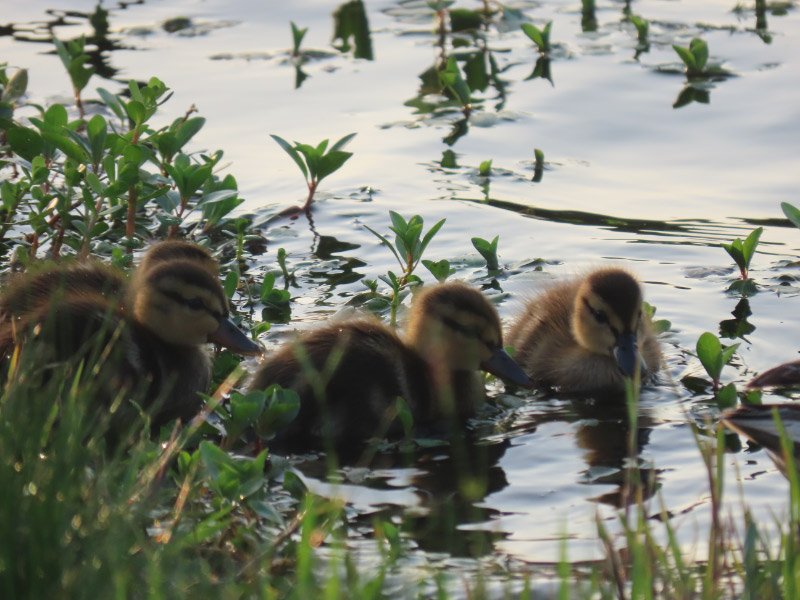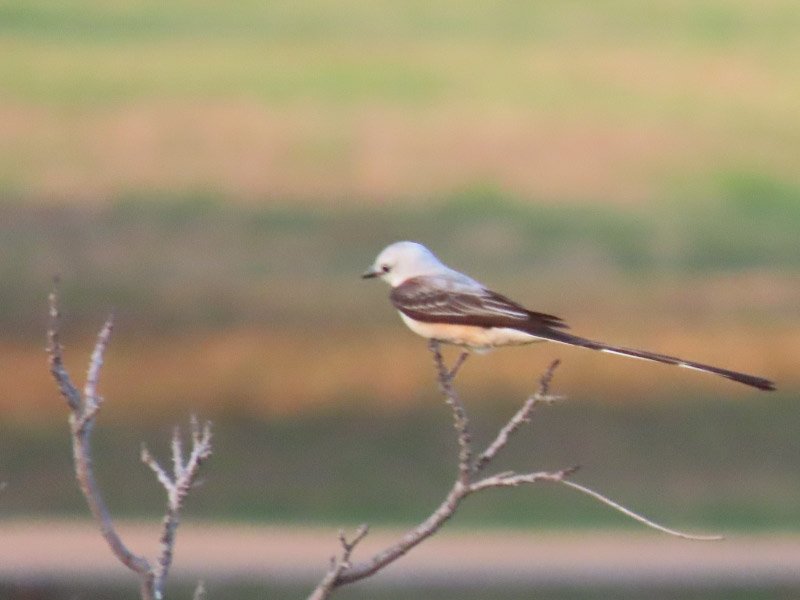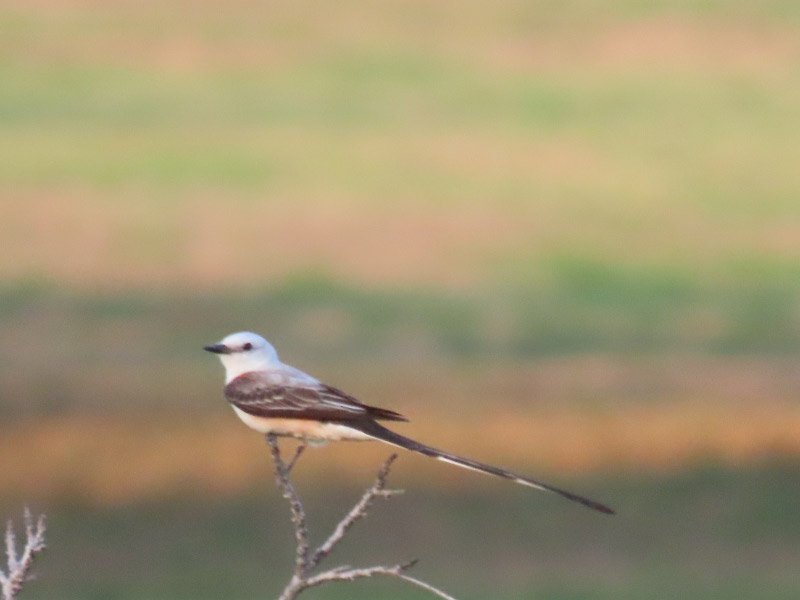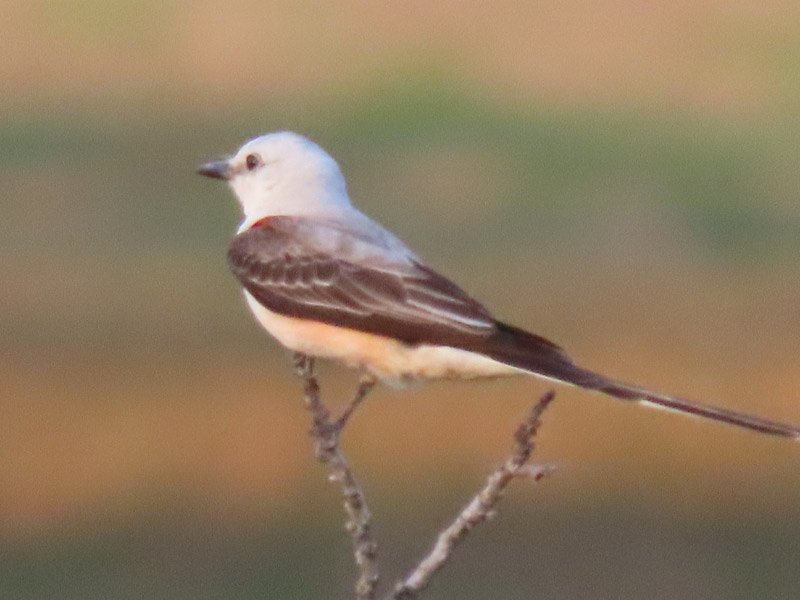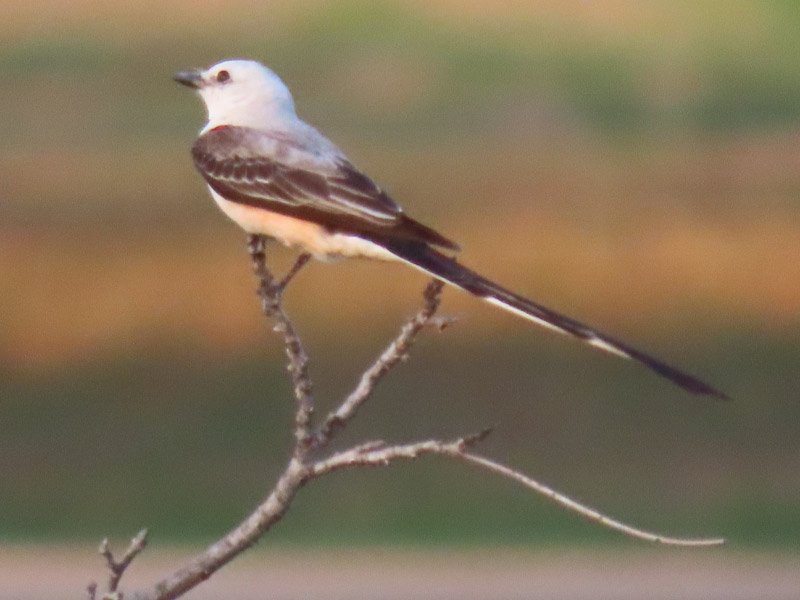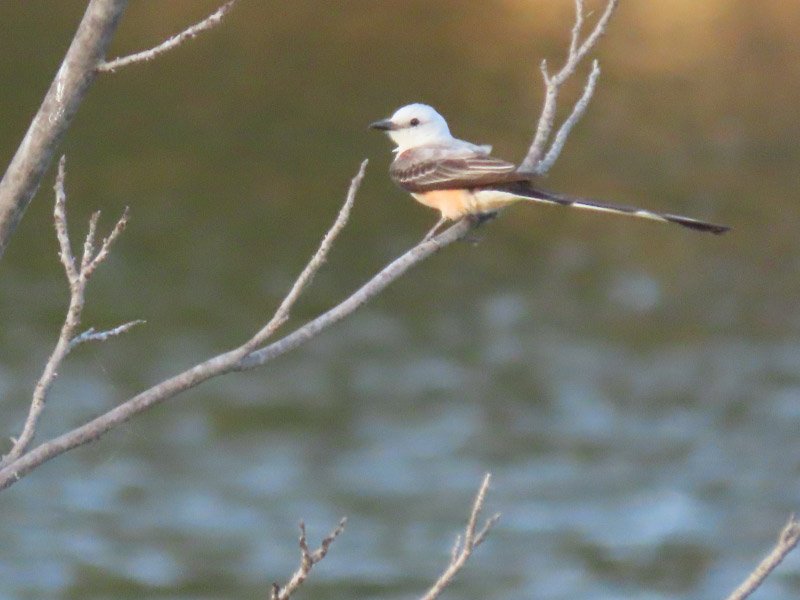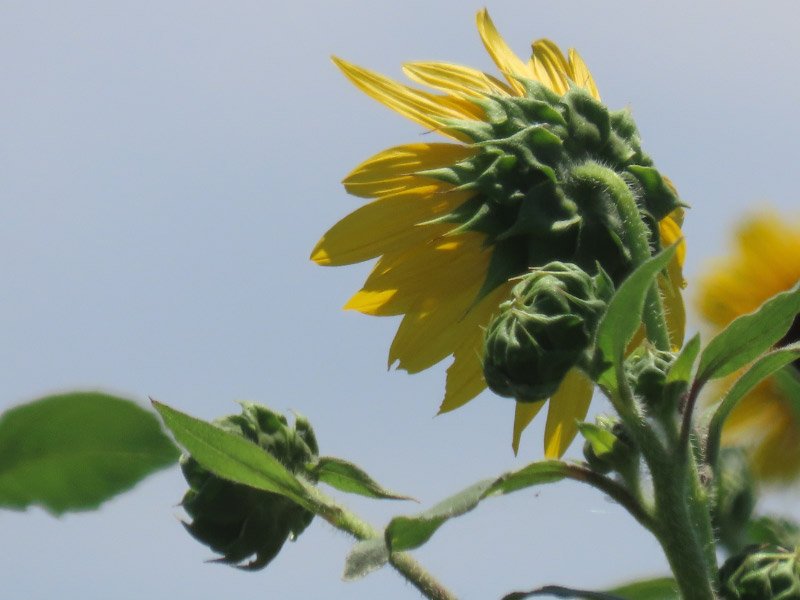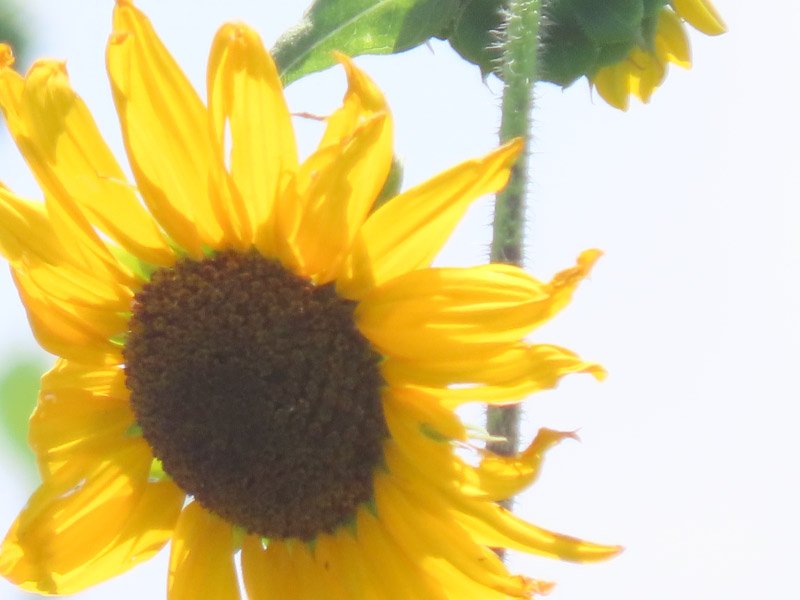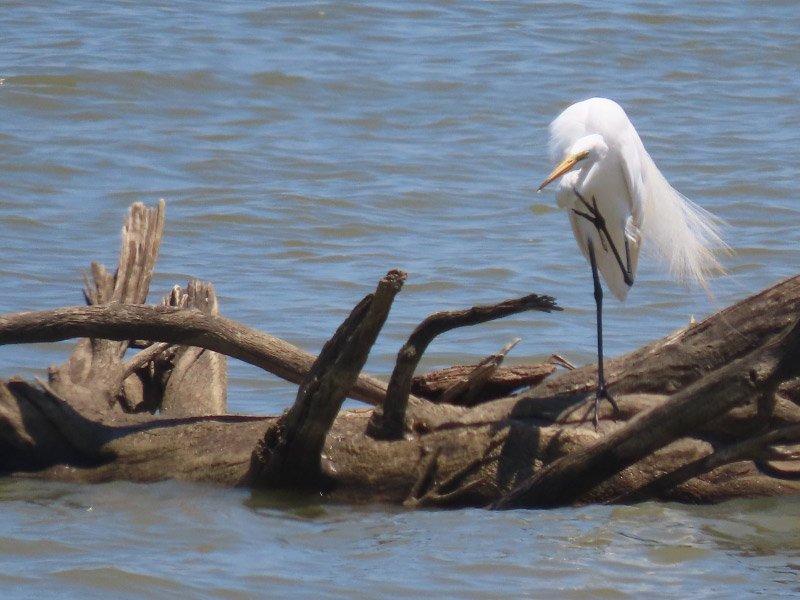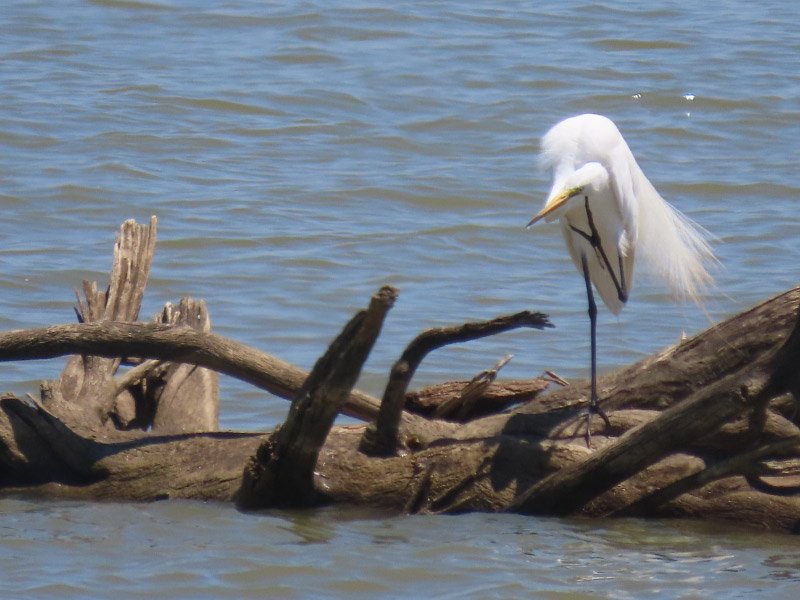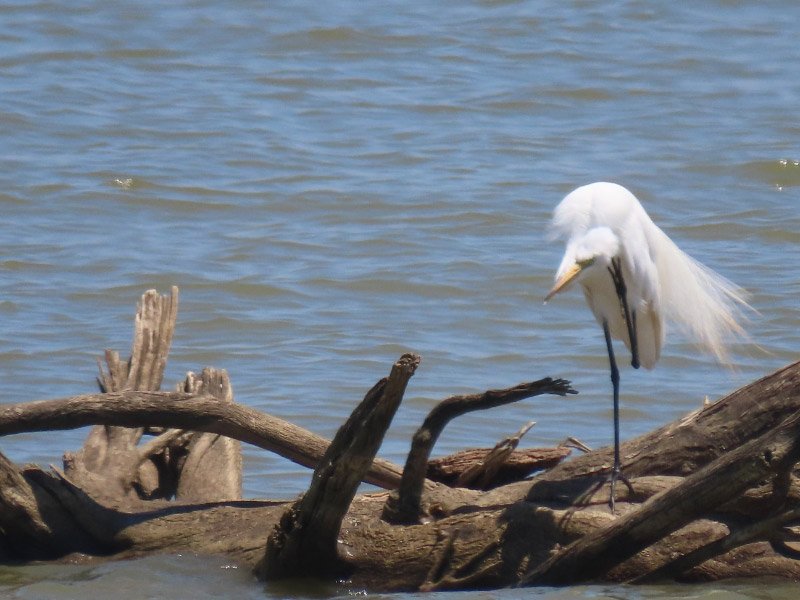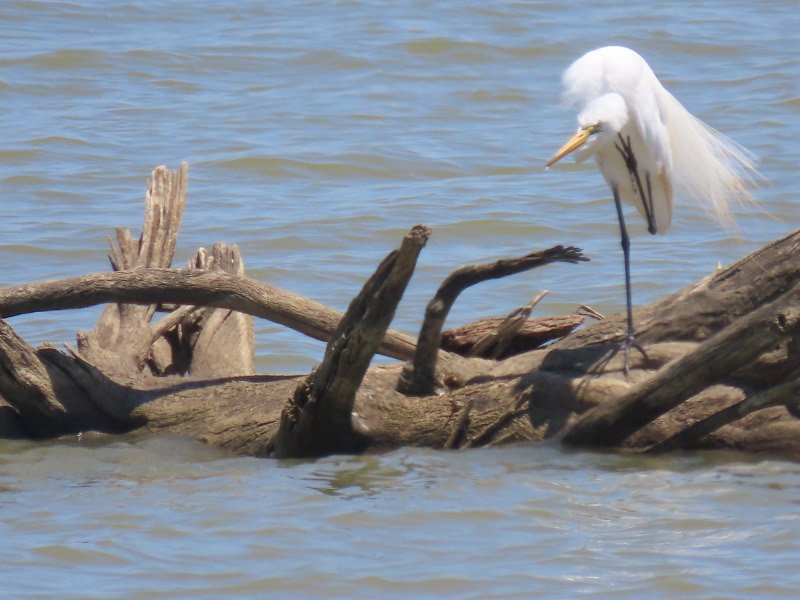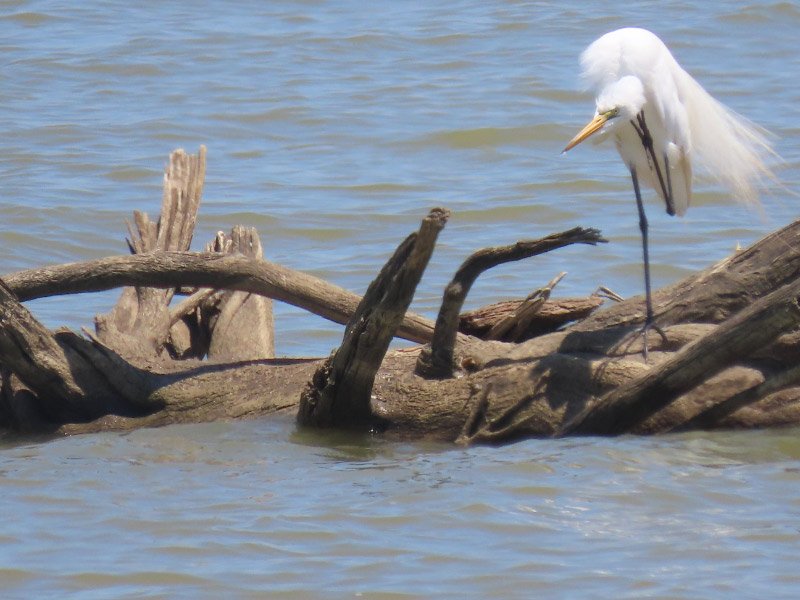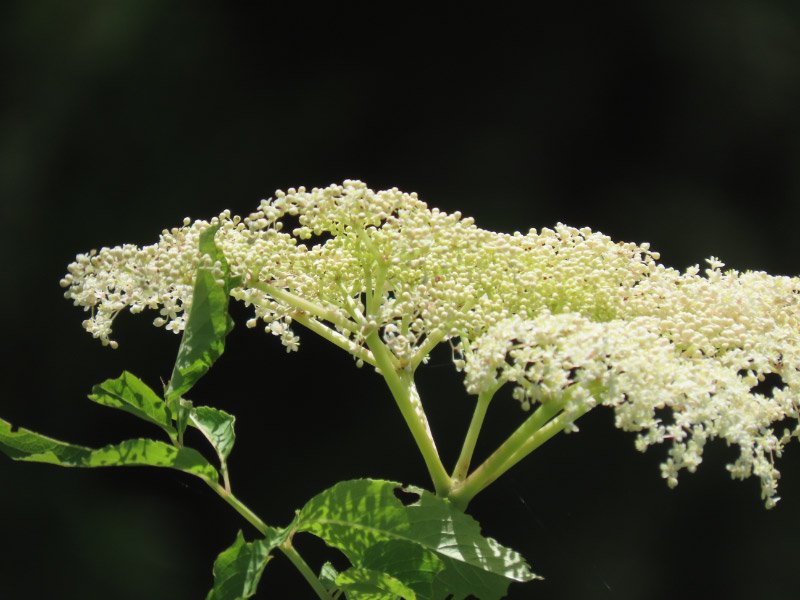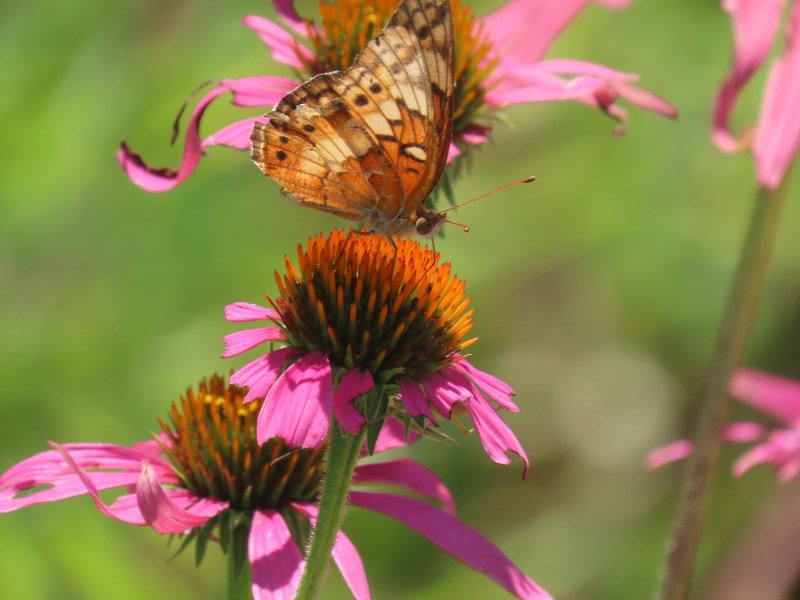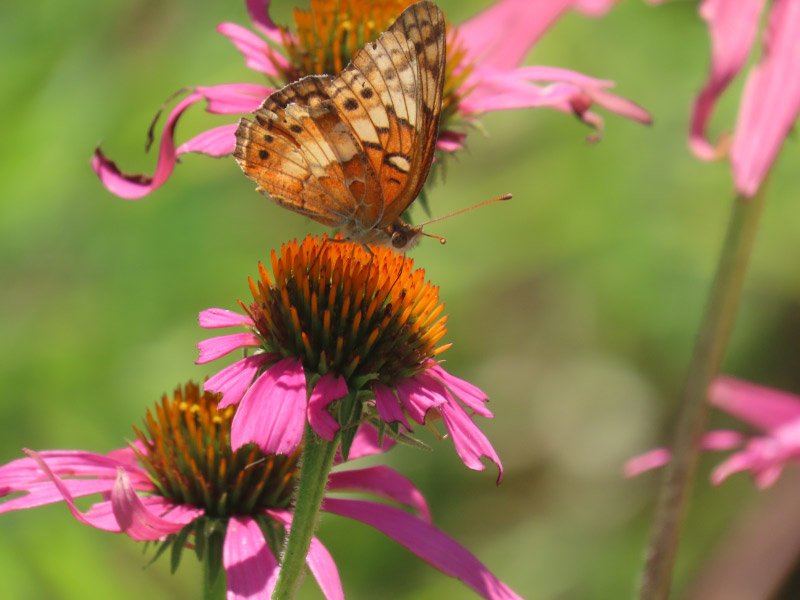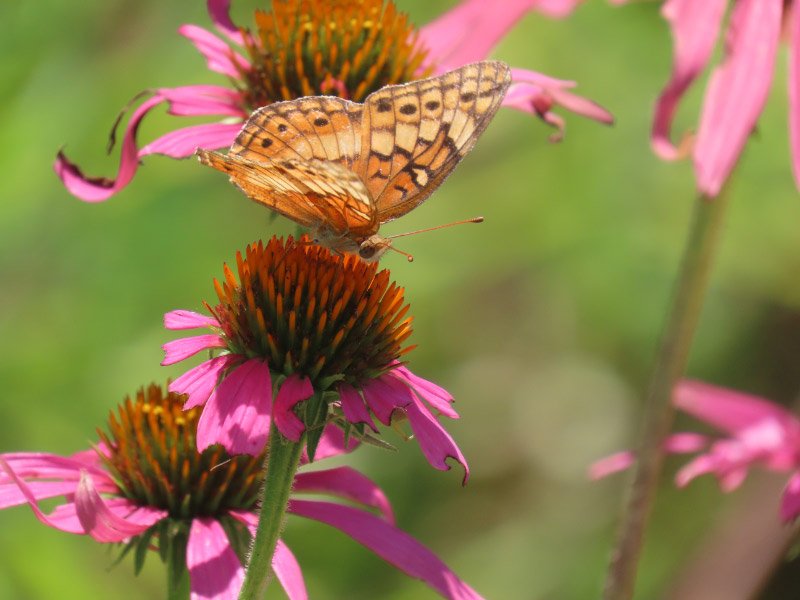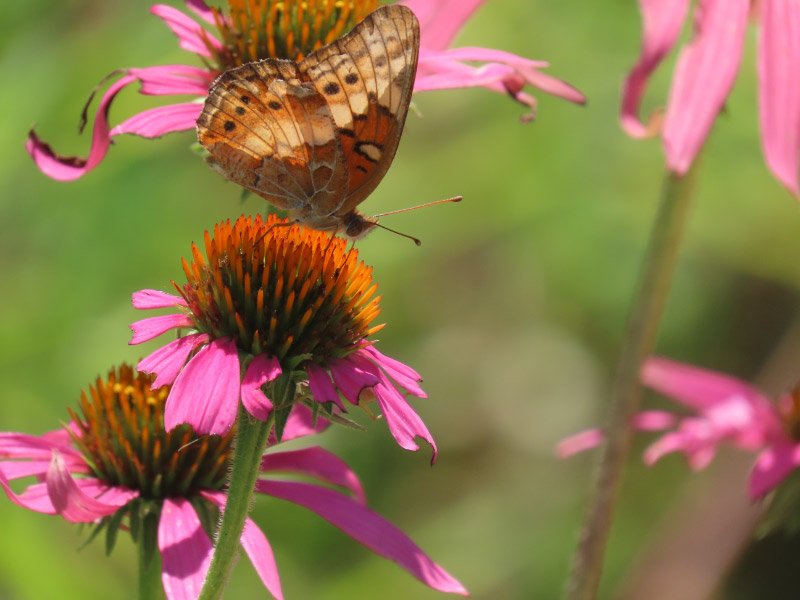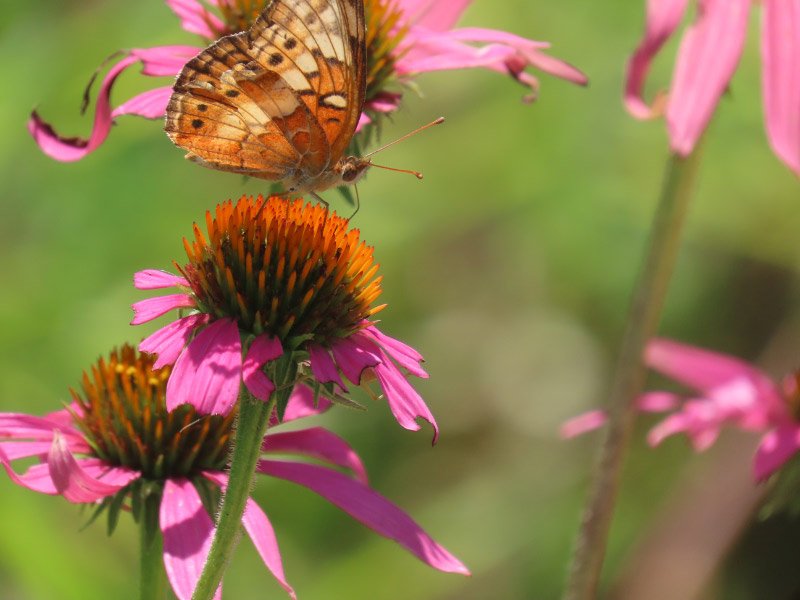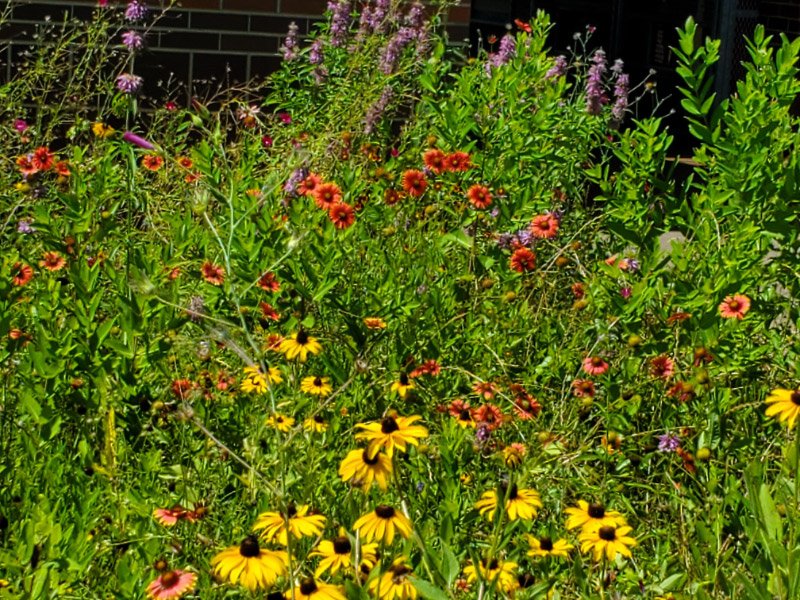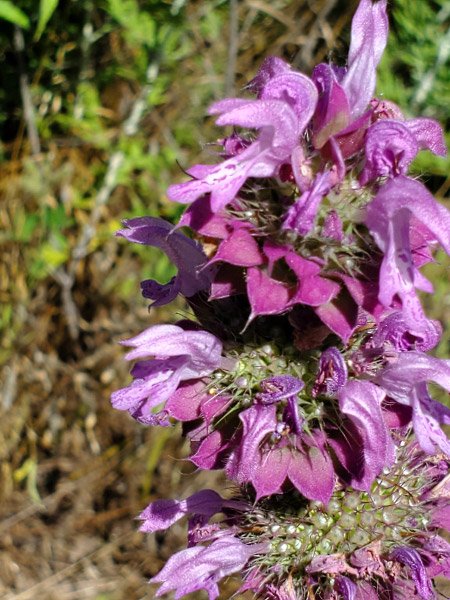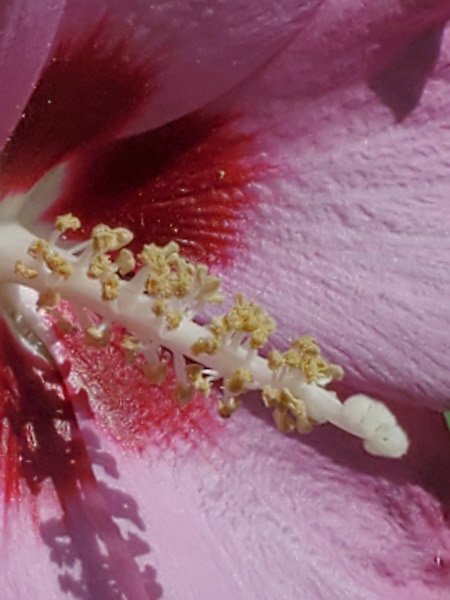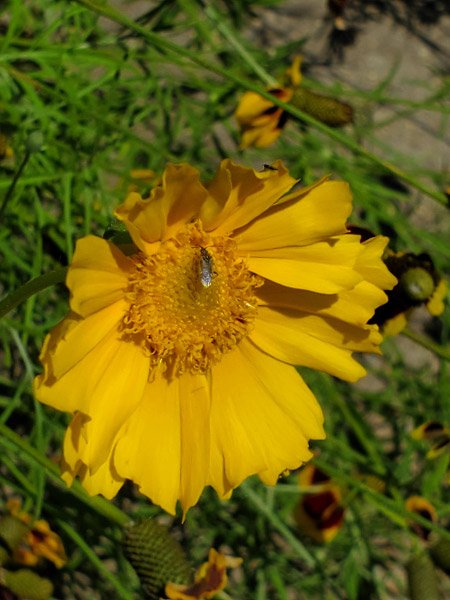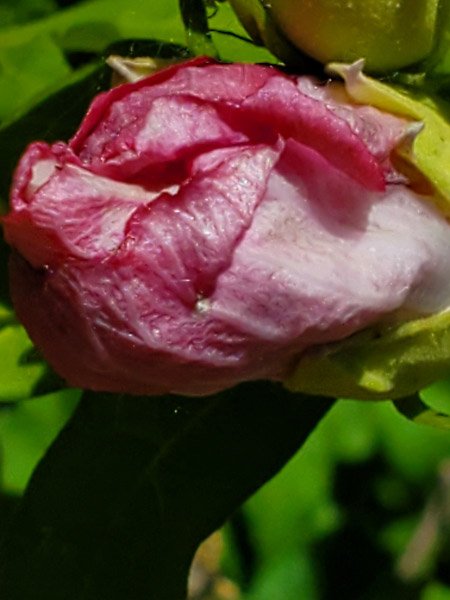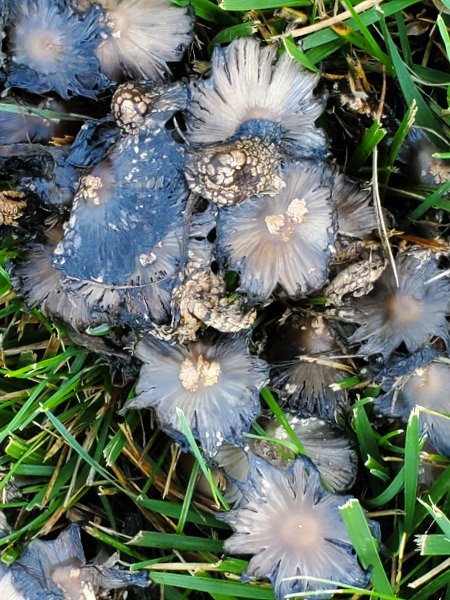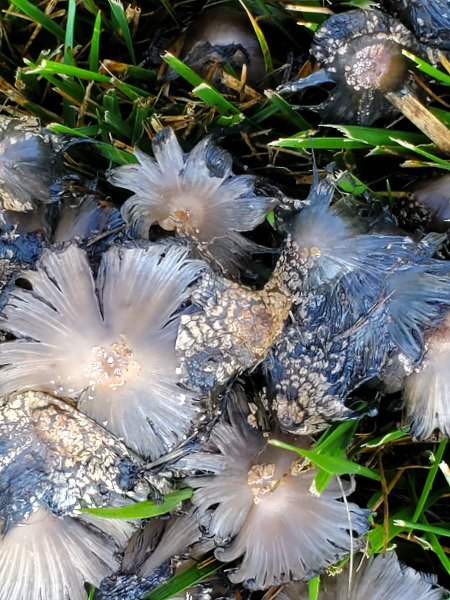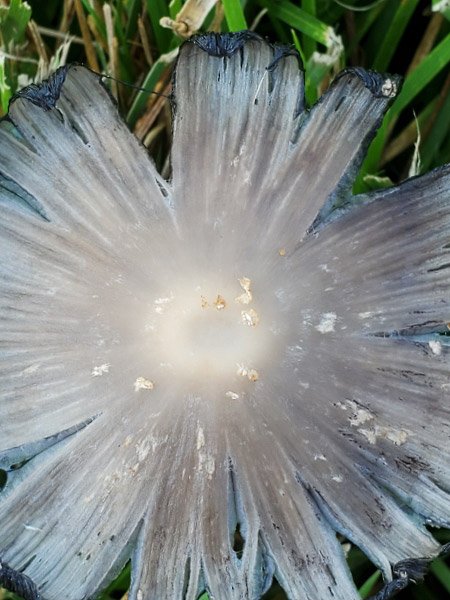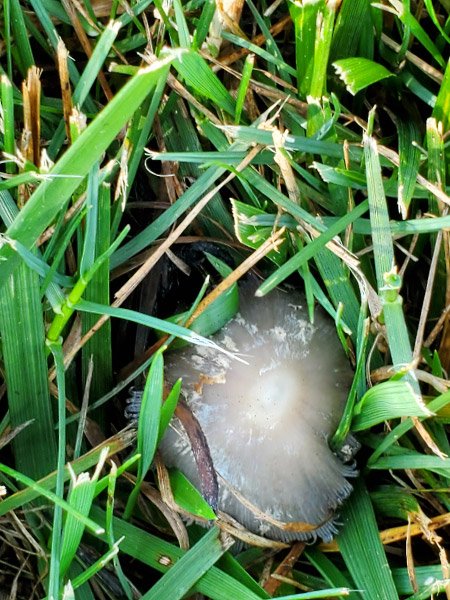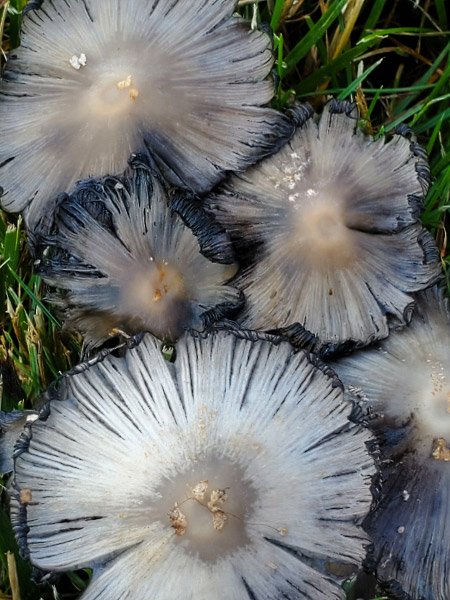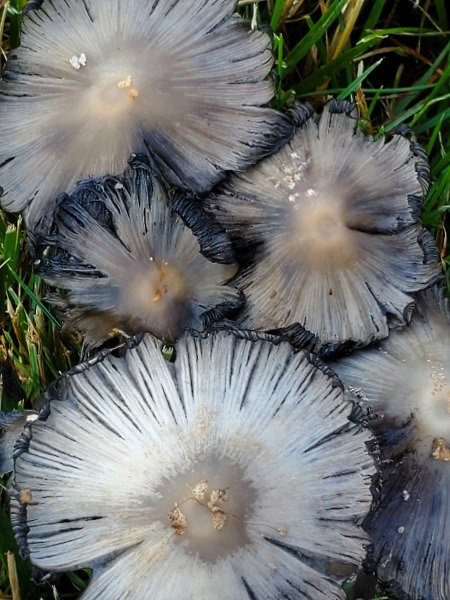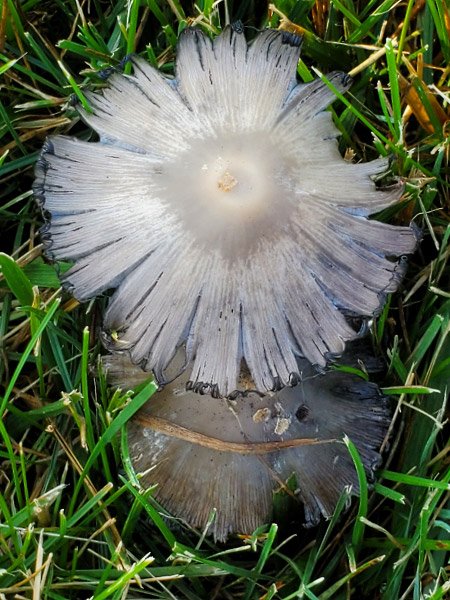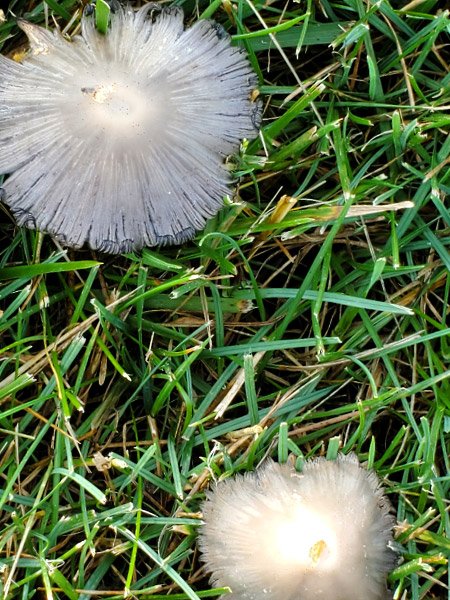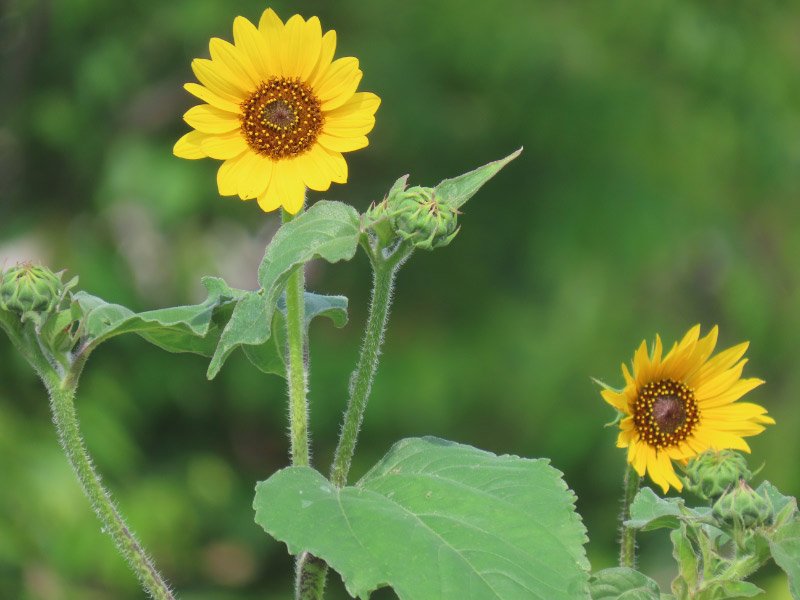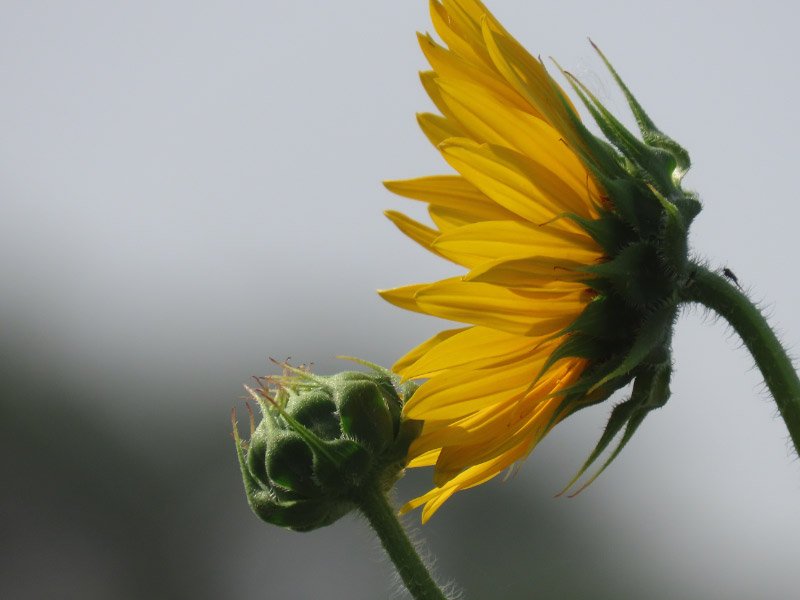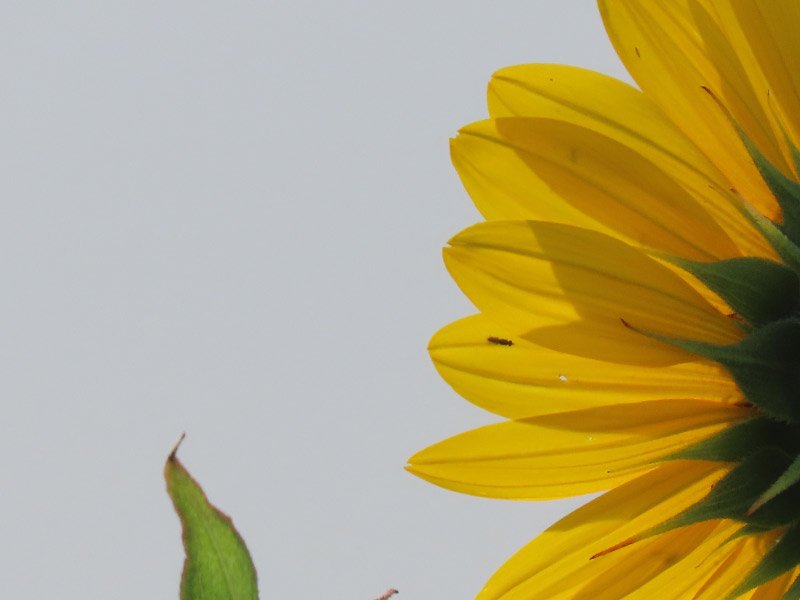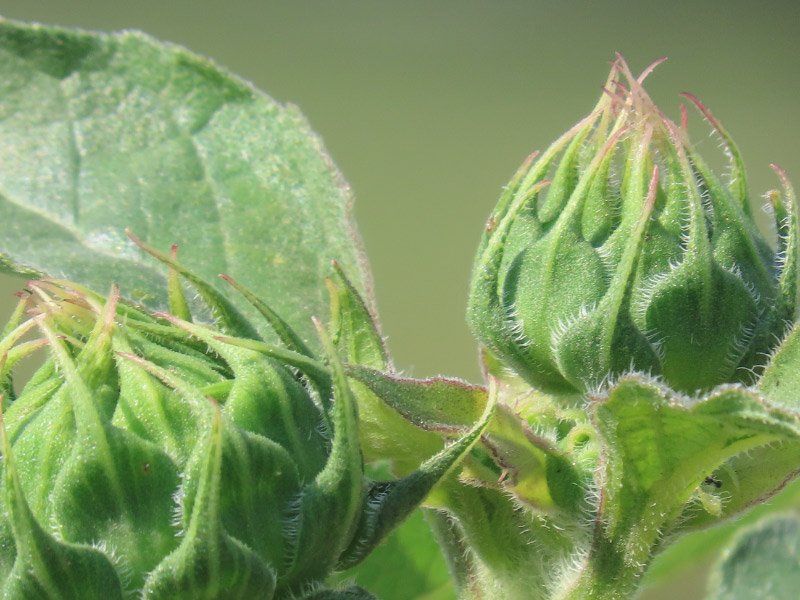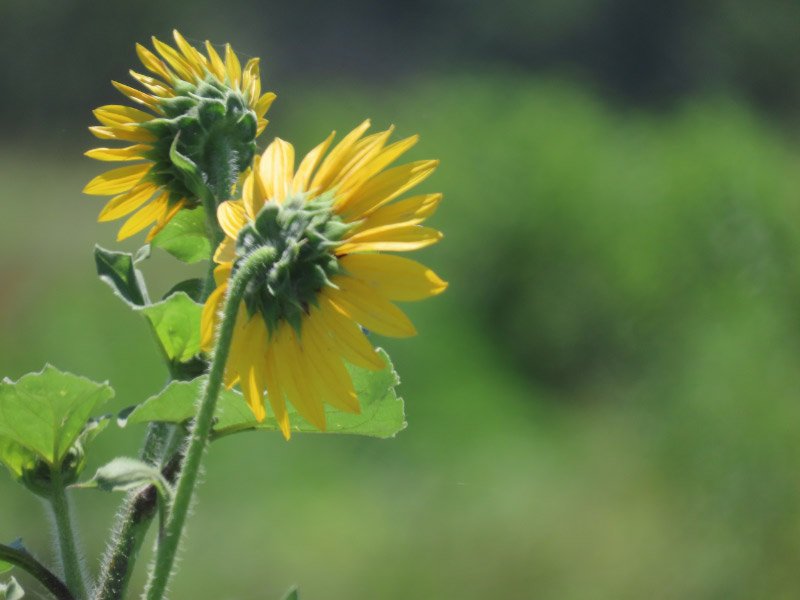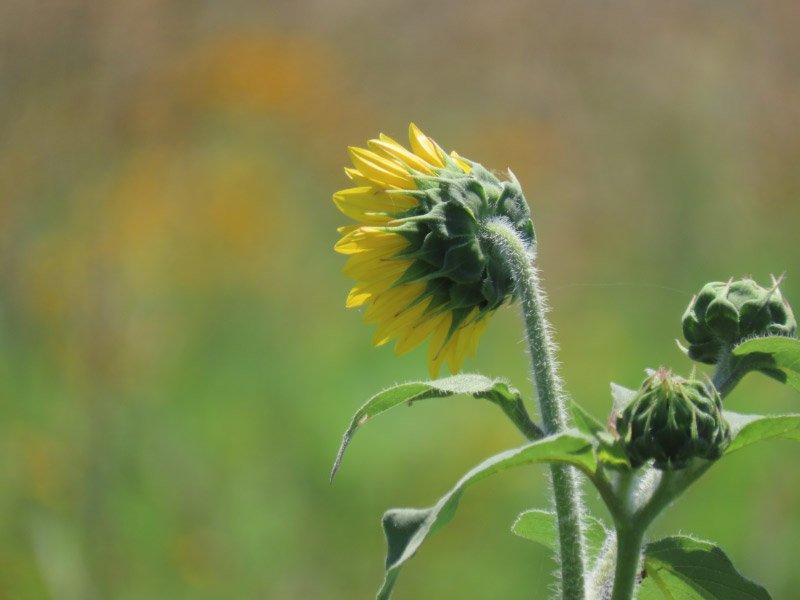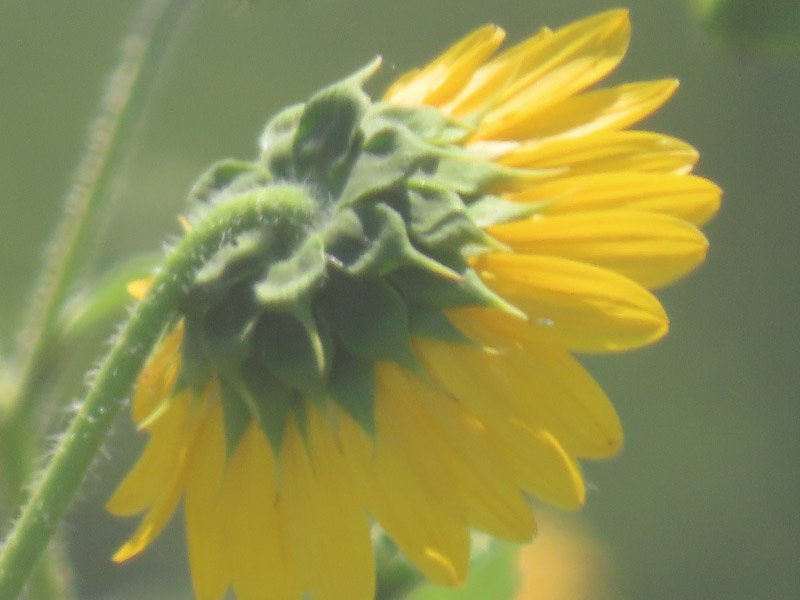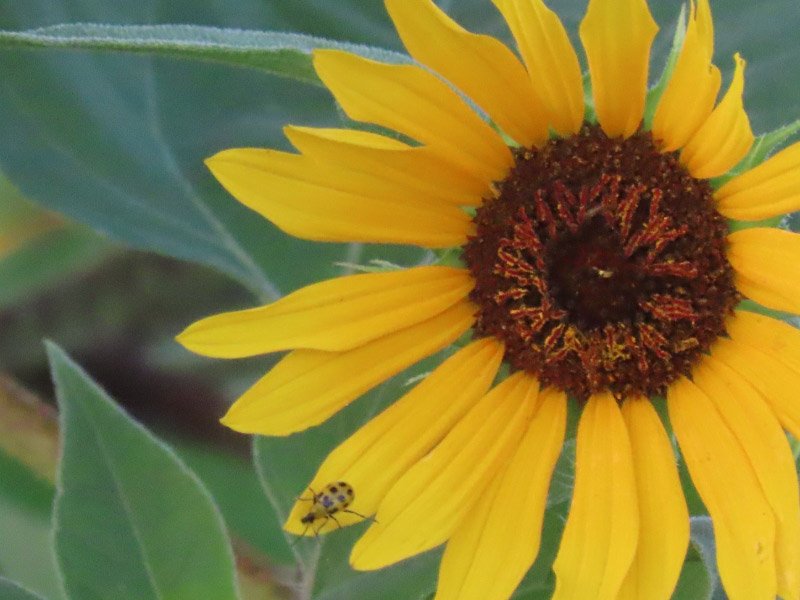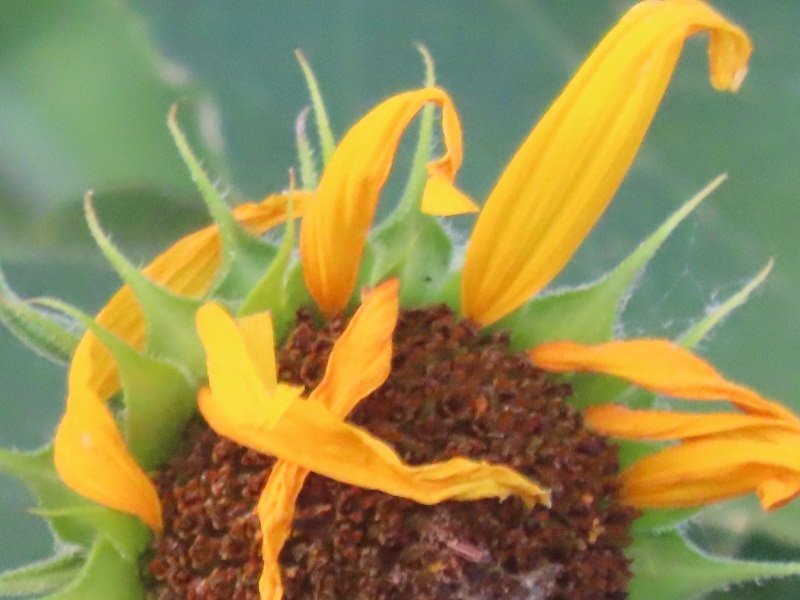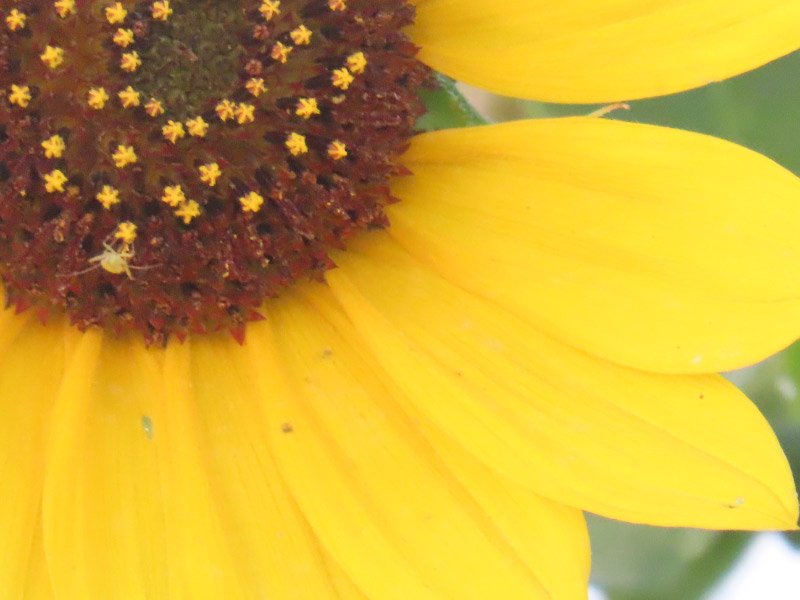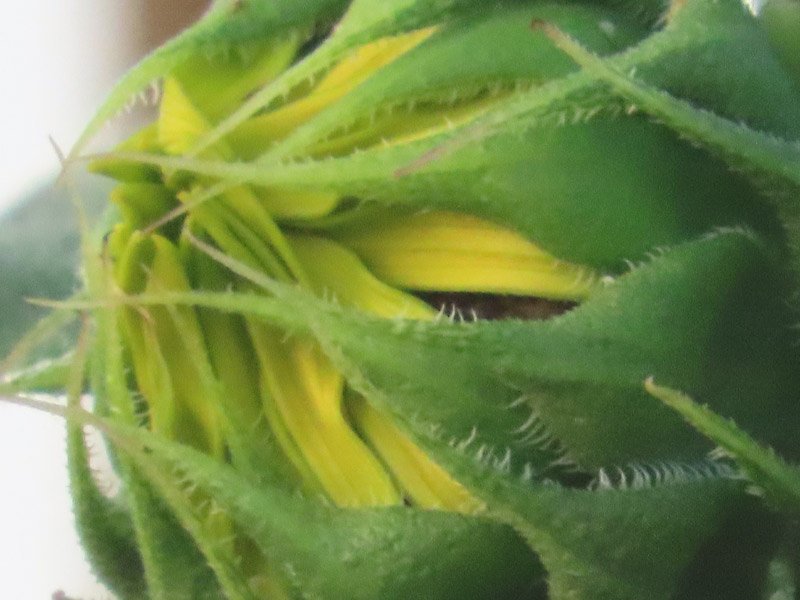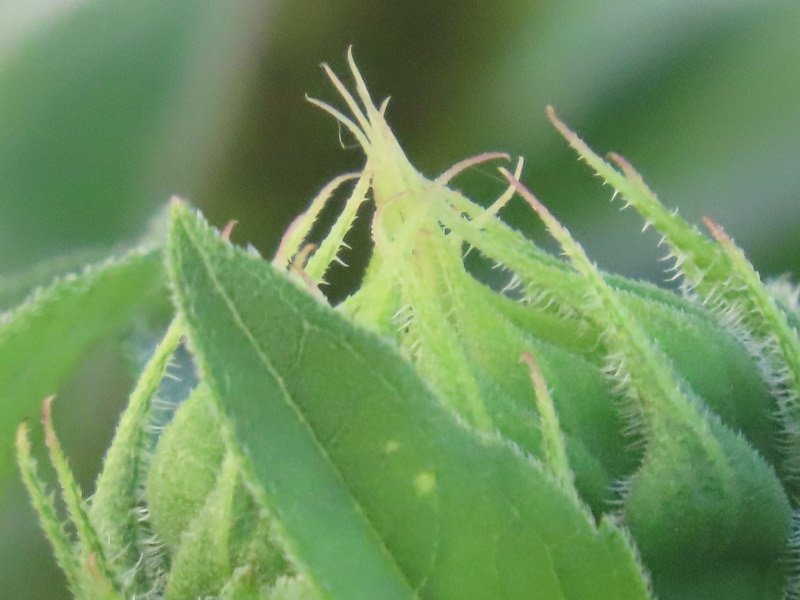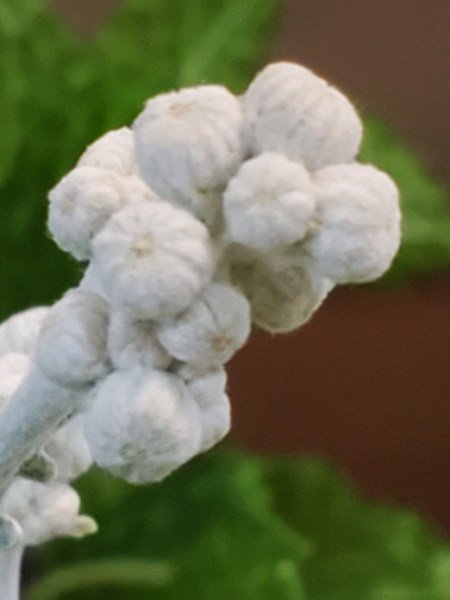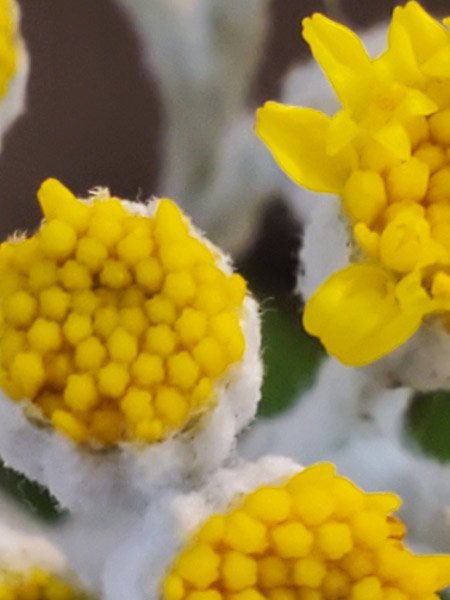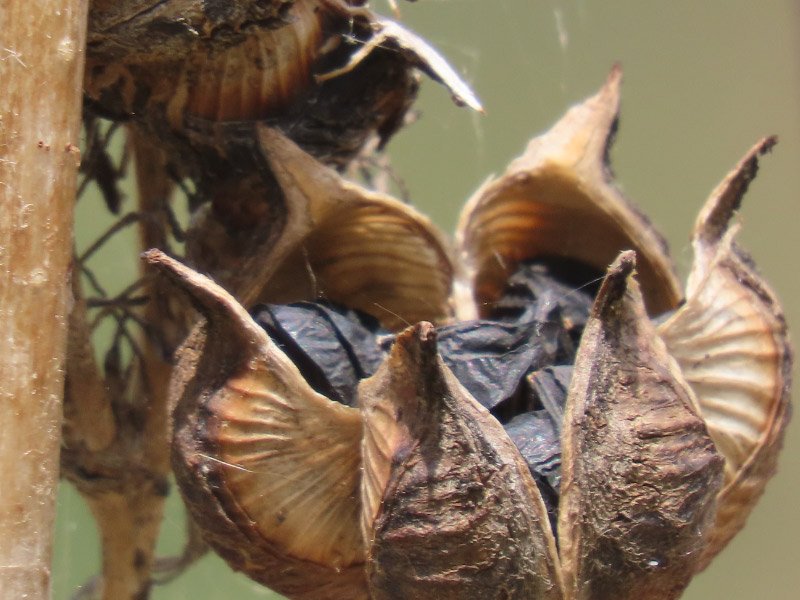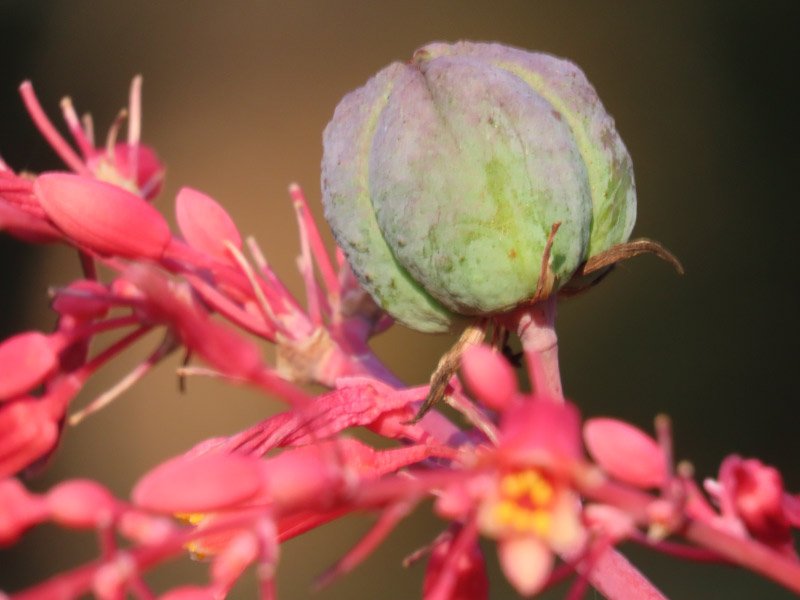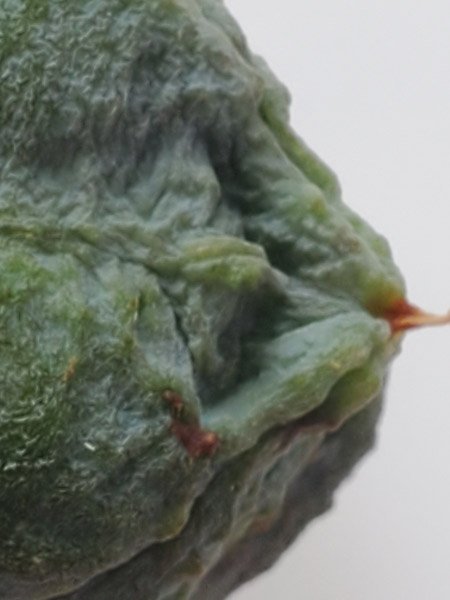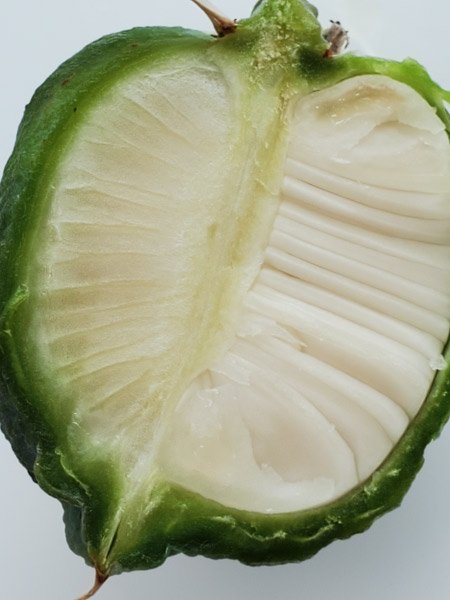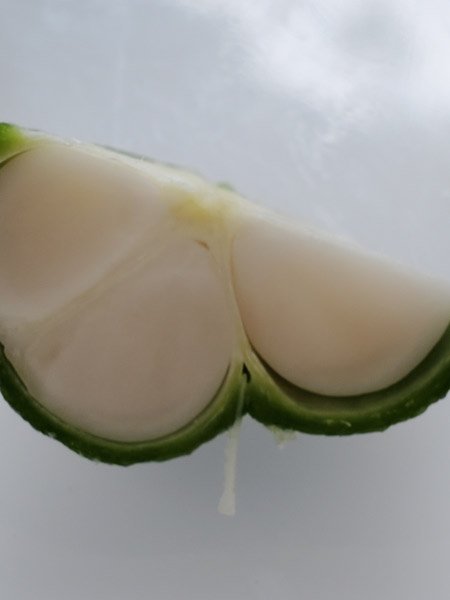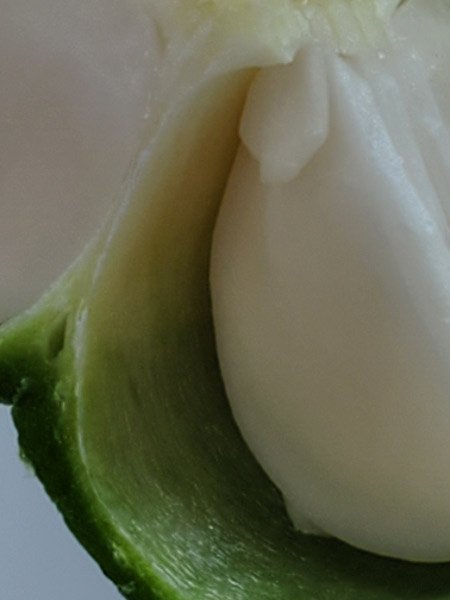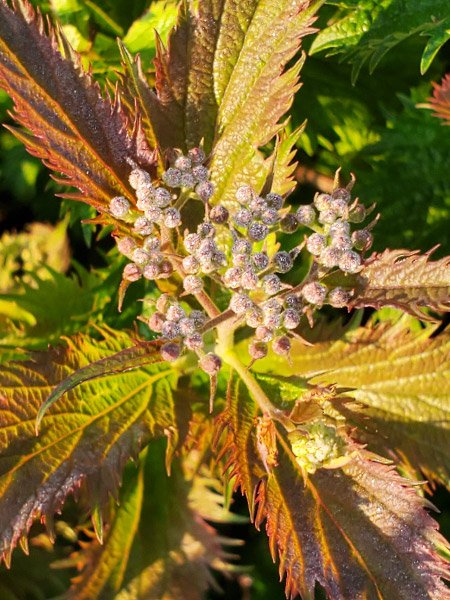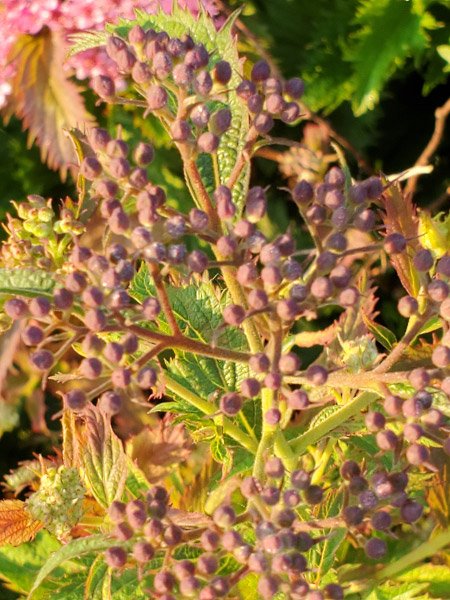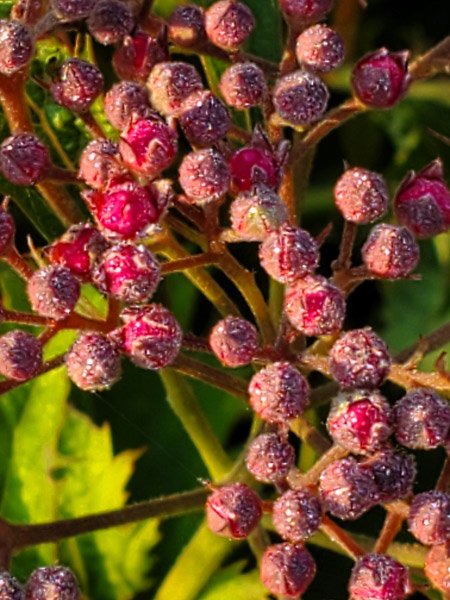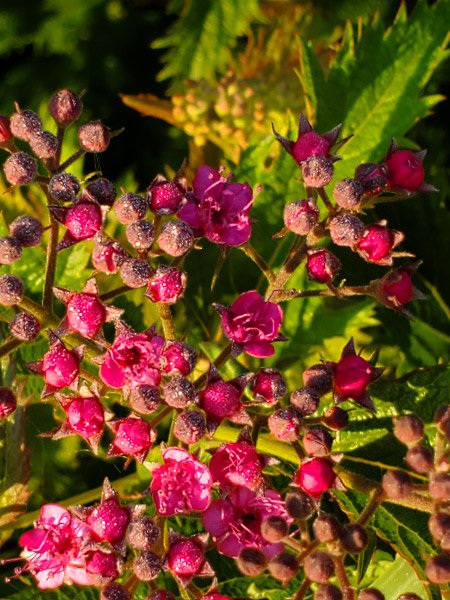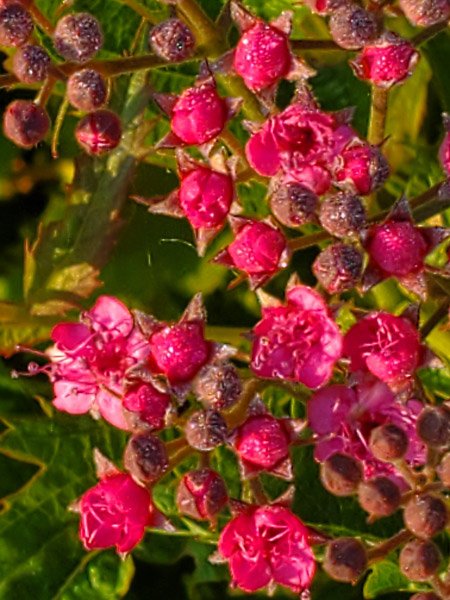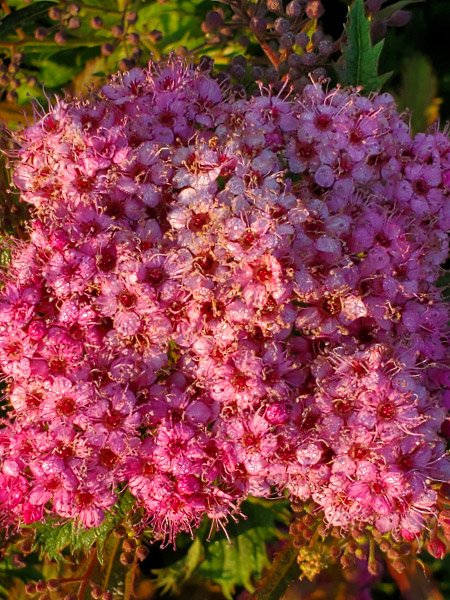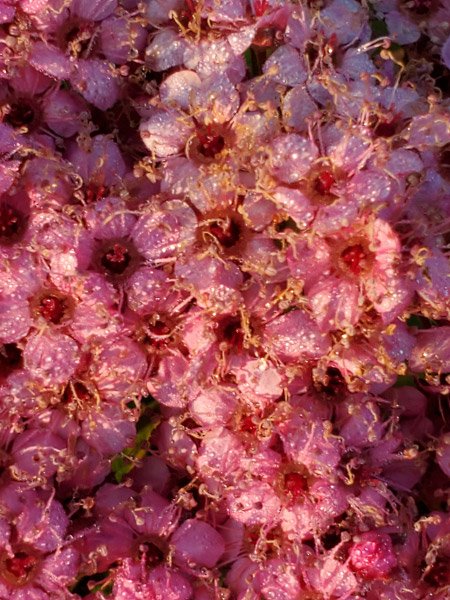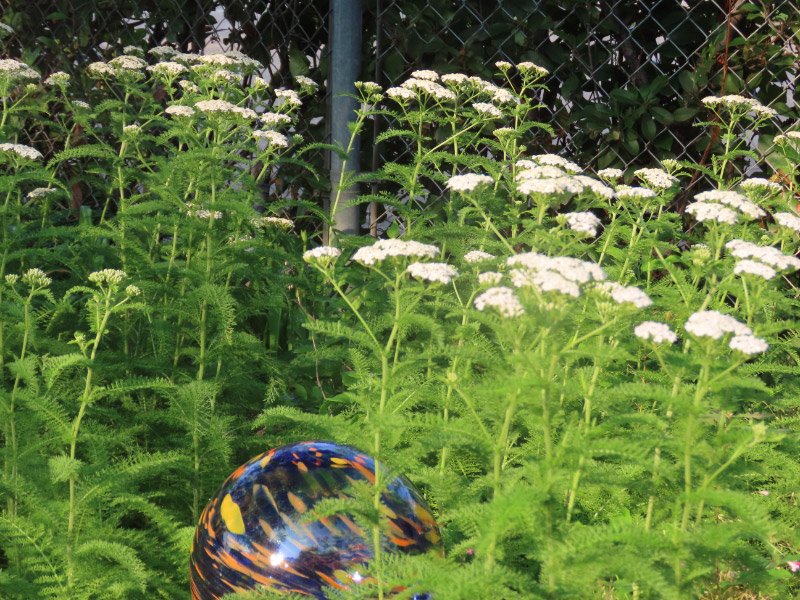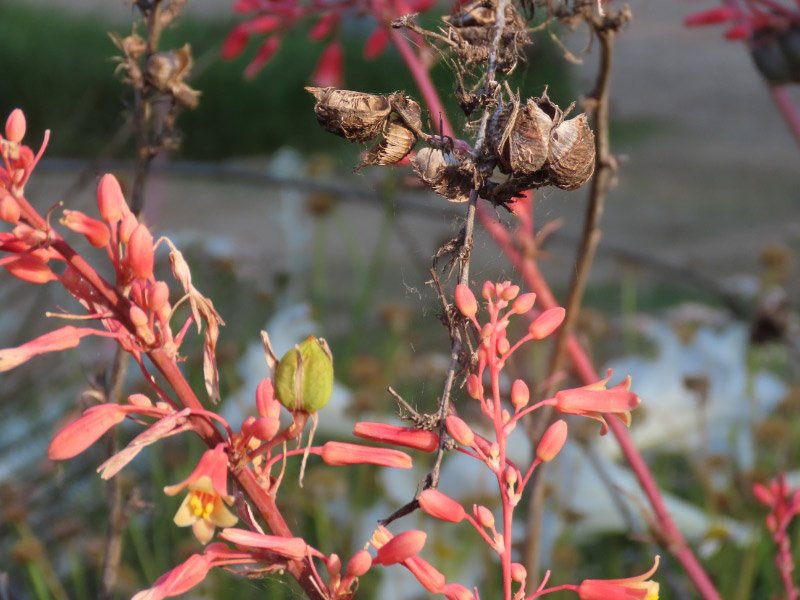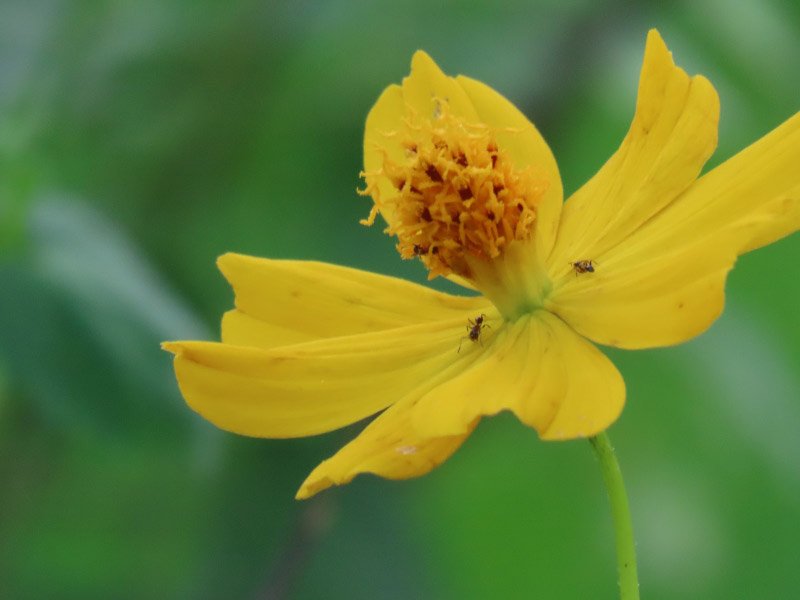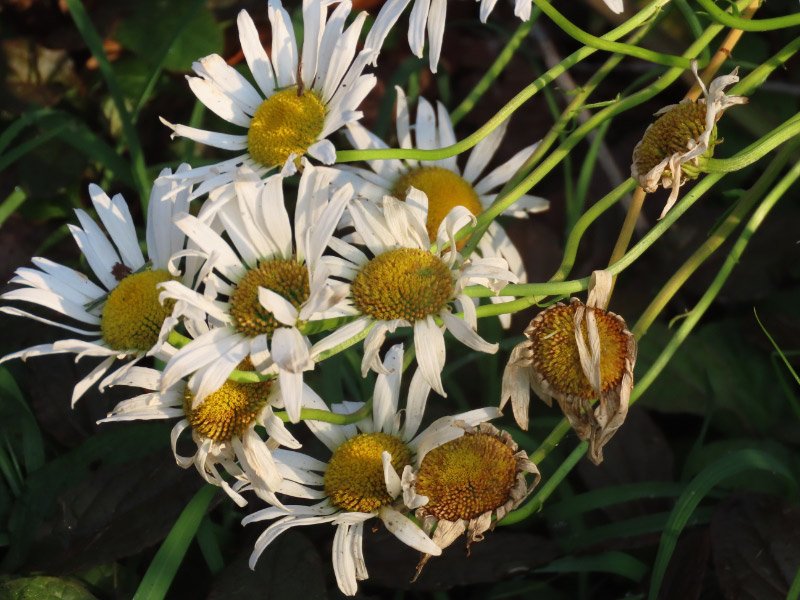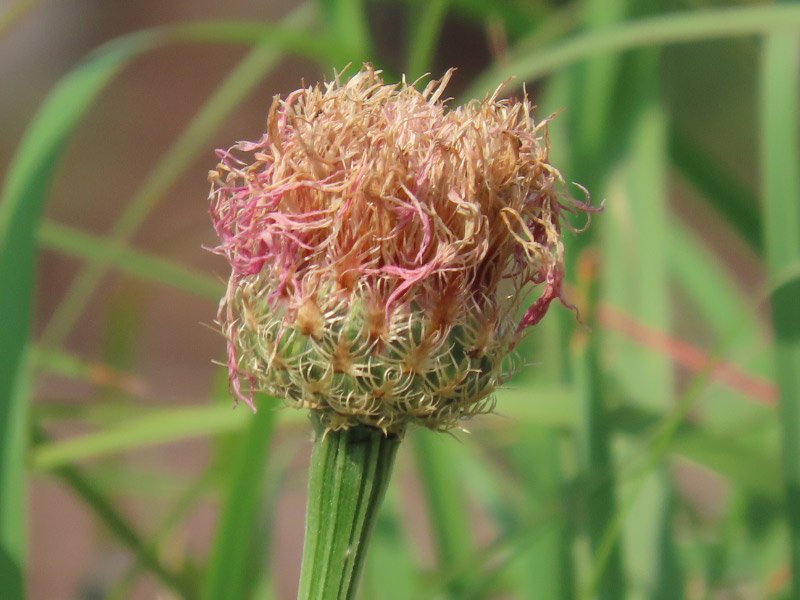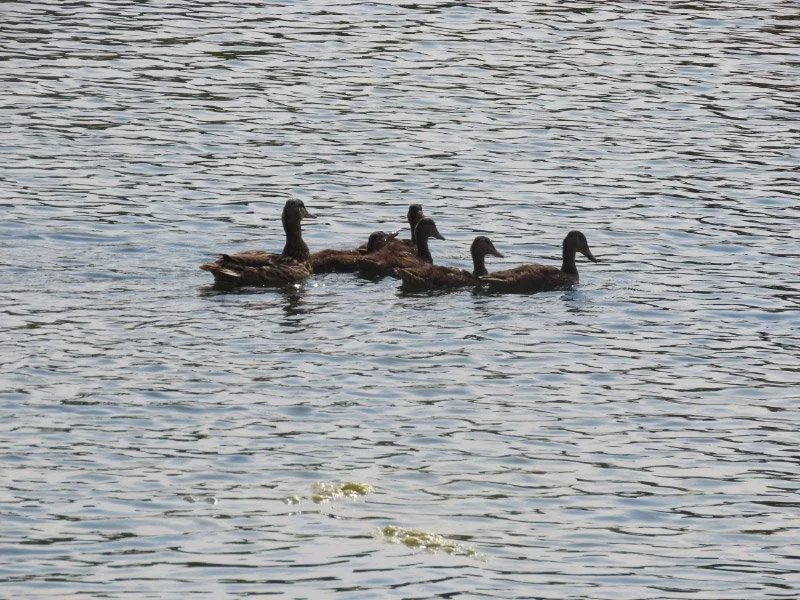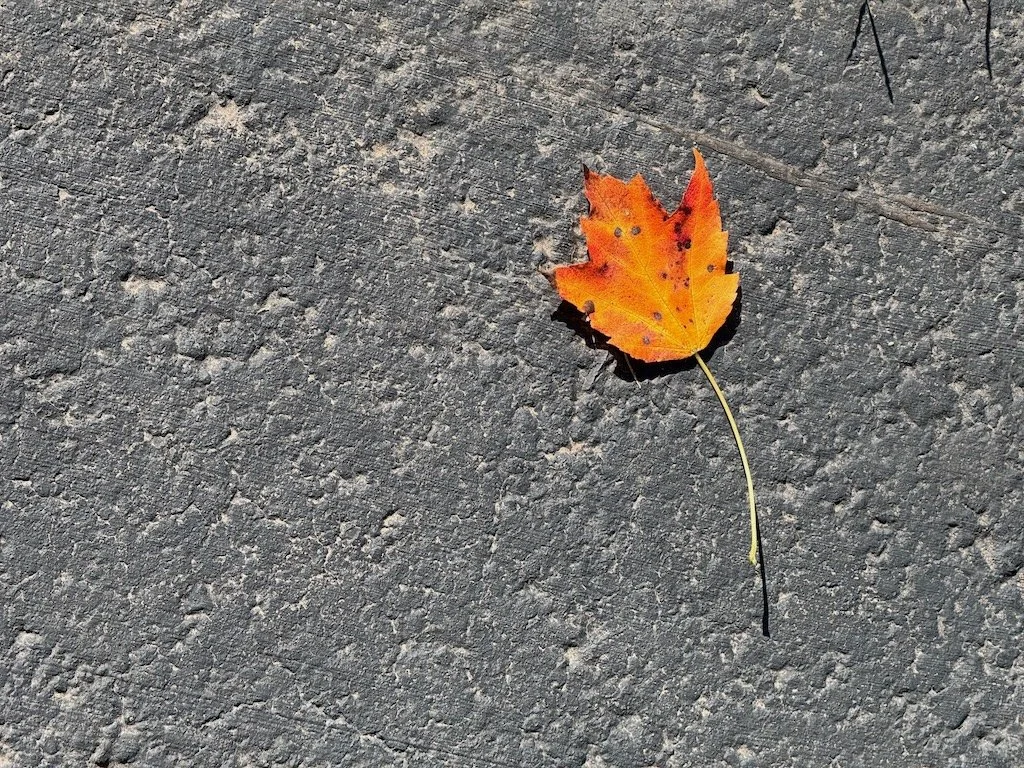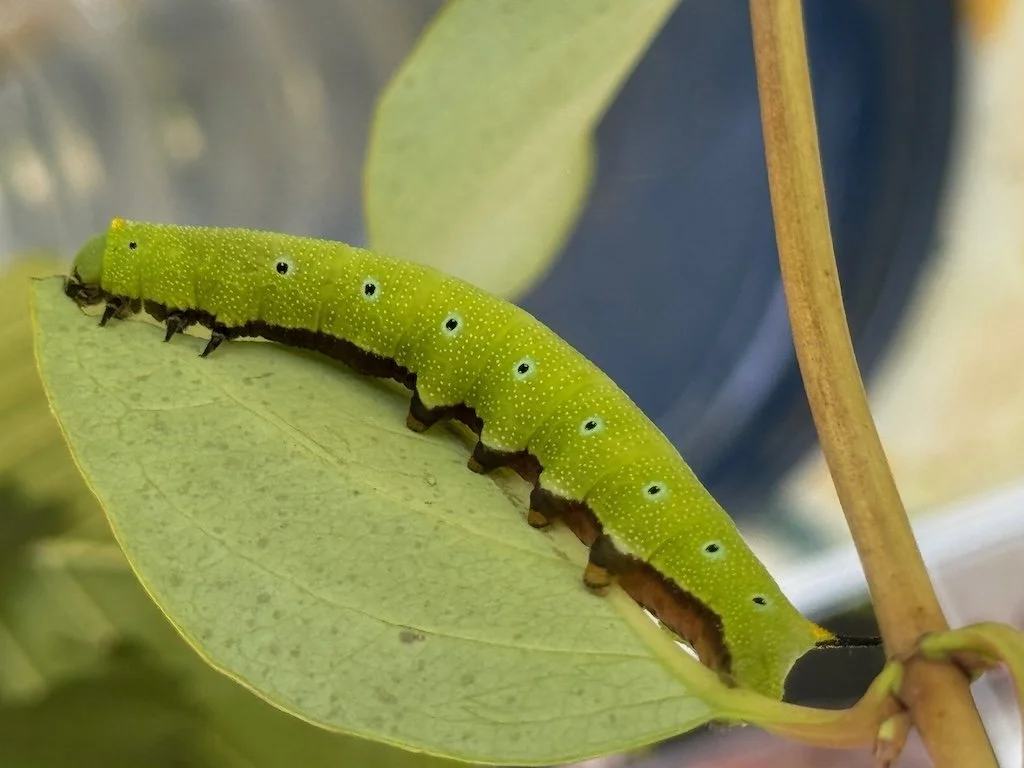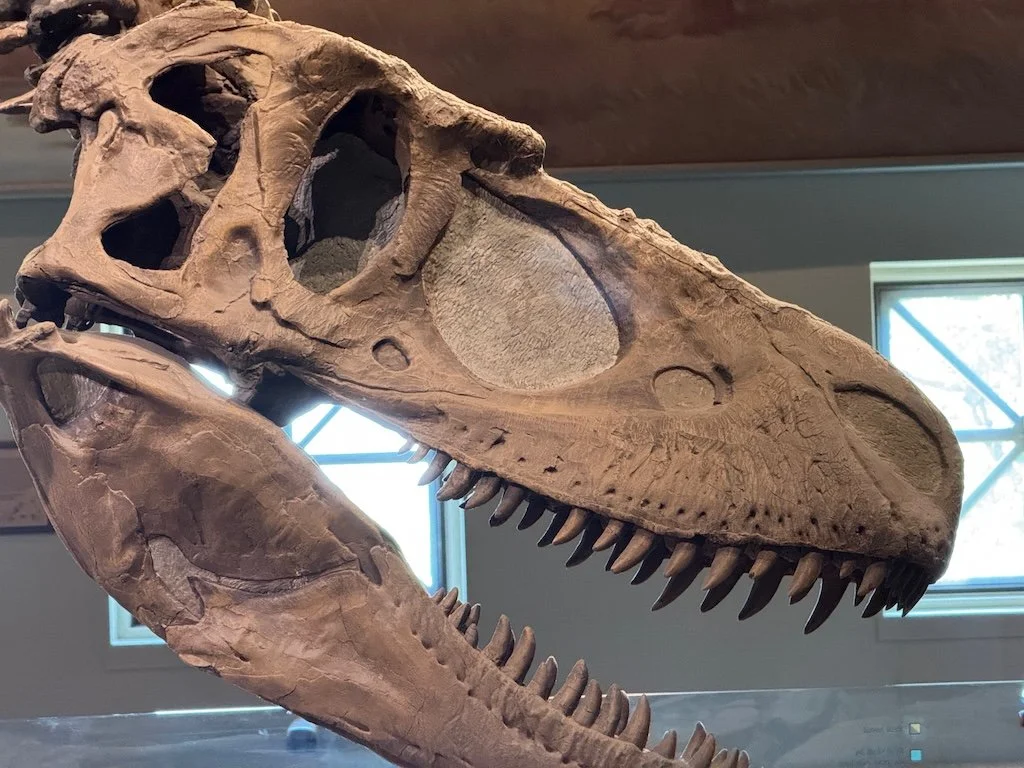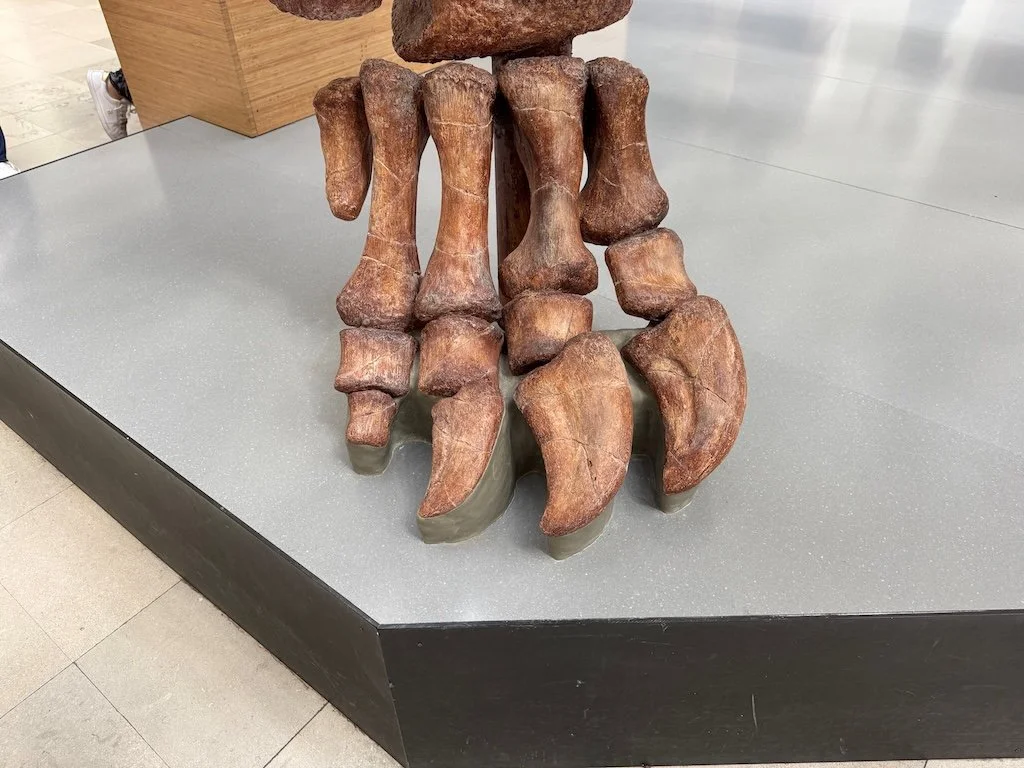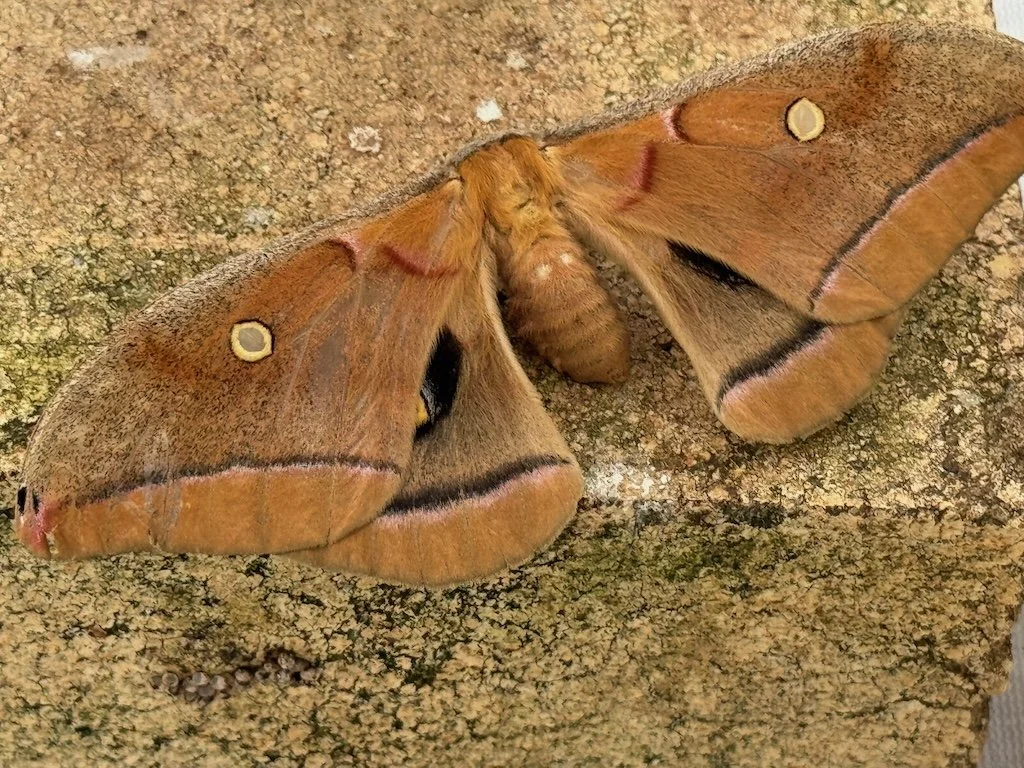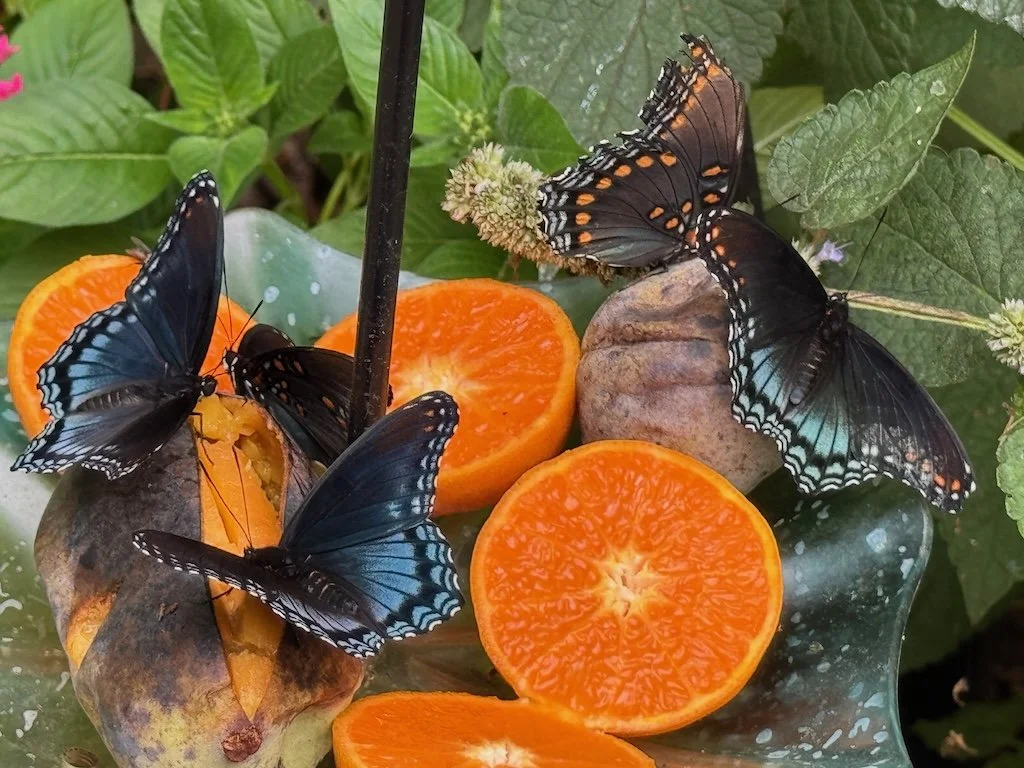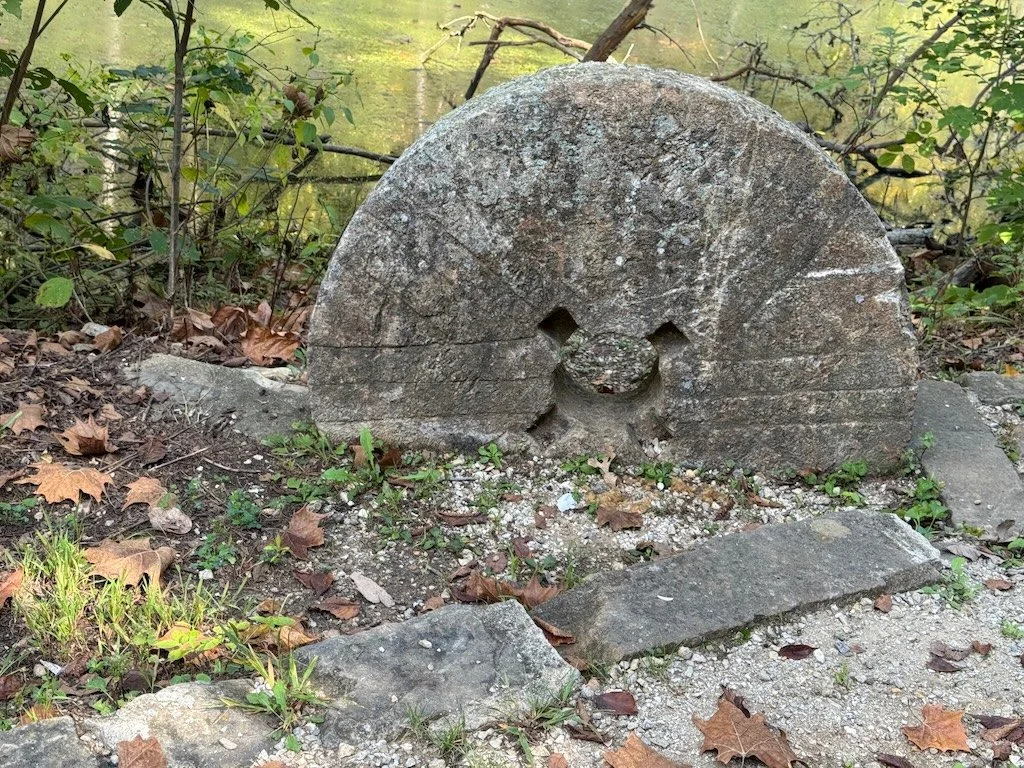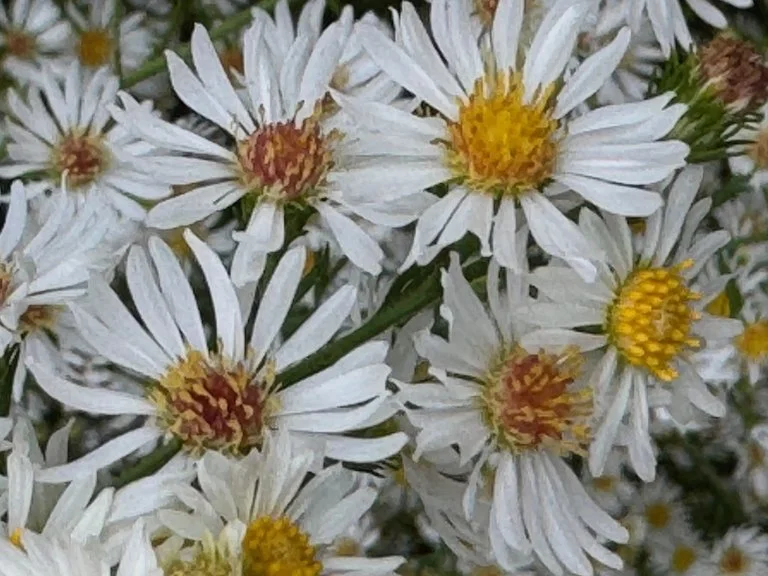Ten Little Celebrations – June 2023
/Every day brings multiple little celebrations…I choose one to log for the day and then select 10 each month to savor in this post.
One year anniversary for our Missoure home. June 2022 is when we moved to Missouri. We’ve settled into the house and I’ve confirmed that my favorite room in the house is my office…just as it was in the Maryland house. The house itself and being closer to family have confirmed again and again that we made a good decision to move when did! So we are celebrating the anniversary.
Dishwasher and sprinkler system working. Of course, every house needs maintenance…in June both our dishwasher and sprinkler system had problems (dishwasher leaked water and the sprinkler system developed a broken head/pipe after the grinding of the pine stump). Fortunately, both were easily fixed (rather than an expensive replacement) and we celebrated that they are functioning again.
Internet/TV/phones working. Shortly after I got to my parents’ home in Carrollton, their internet and TV and phones failed. We had a painful 4 days….celebrated when the tech finally came and replaced their outside box (it was at least 18 years old!).
Scissor-tail at Josey Ranch. Celebrated when I saw a scissor-tailed flycatcher while I was out of my car with camera in hand!
Ducklings at Josey Ranch. Celebrated seeing newly hatched ducklings with a mom trying to protect them from turtles!
Seeing beautyberry flowering. I had previously only noticed beautyberry plants after they had their purple berries. This June I celebrated knowing where the plants grew so I could see the flowers.
Trimming all the dead parts out of crape myrtle and rose buses. It was a daunting task because it seemed like there was so much to trim. It got a little better when I discovered that my gauntlet gloves worked (not thorn pricks from the roses) and that the dead twigs/branches would burn easily. I celebrated when the task was completed…felt like I had accomplished a lot in getting my yard looking better for the summer.
Buying a fragrant sumac (native plant sale). I celebrated my first native plant addition to my landscaping…there will be more through the years.
Homemade marinade with balsamic vinegar. Celebrating trying a new recipe and realizing that I will never need to buy bottle mariade again!
Road trip to St. Louis. Celebrating another road trip with my daughter! Blog posts coming up re our adventure.


